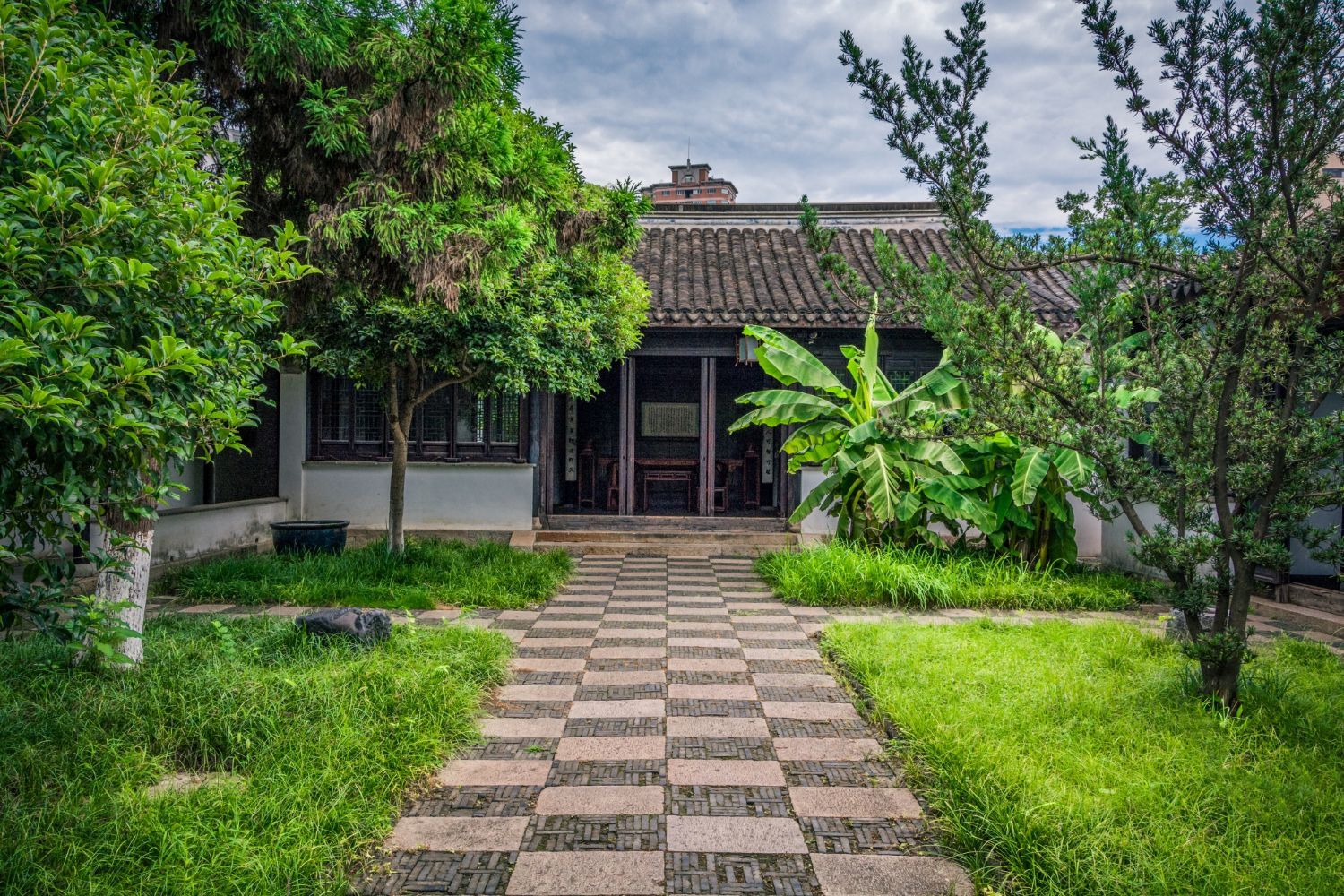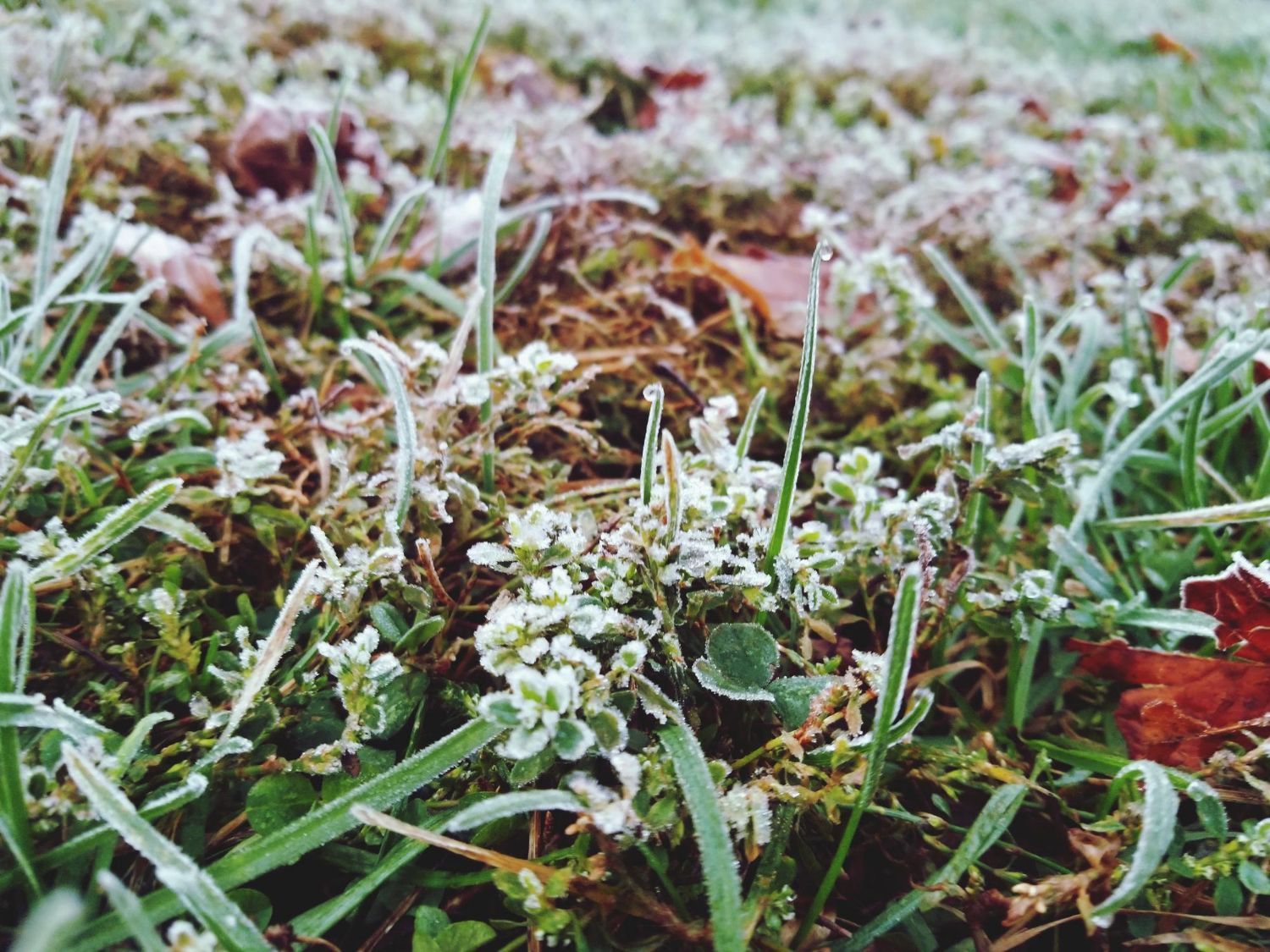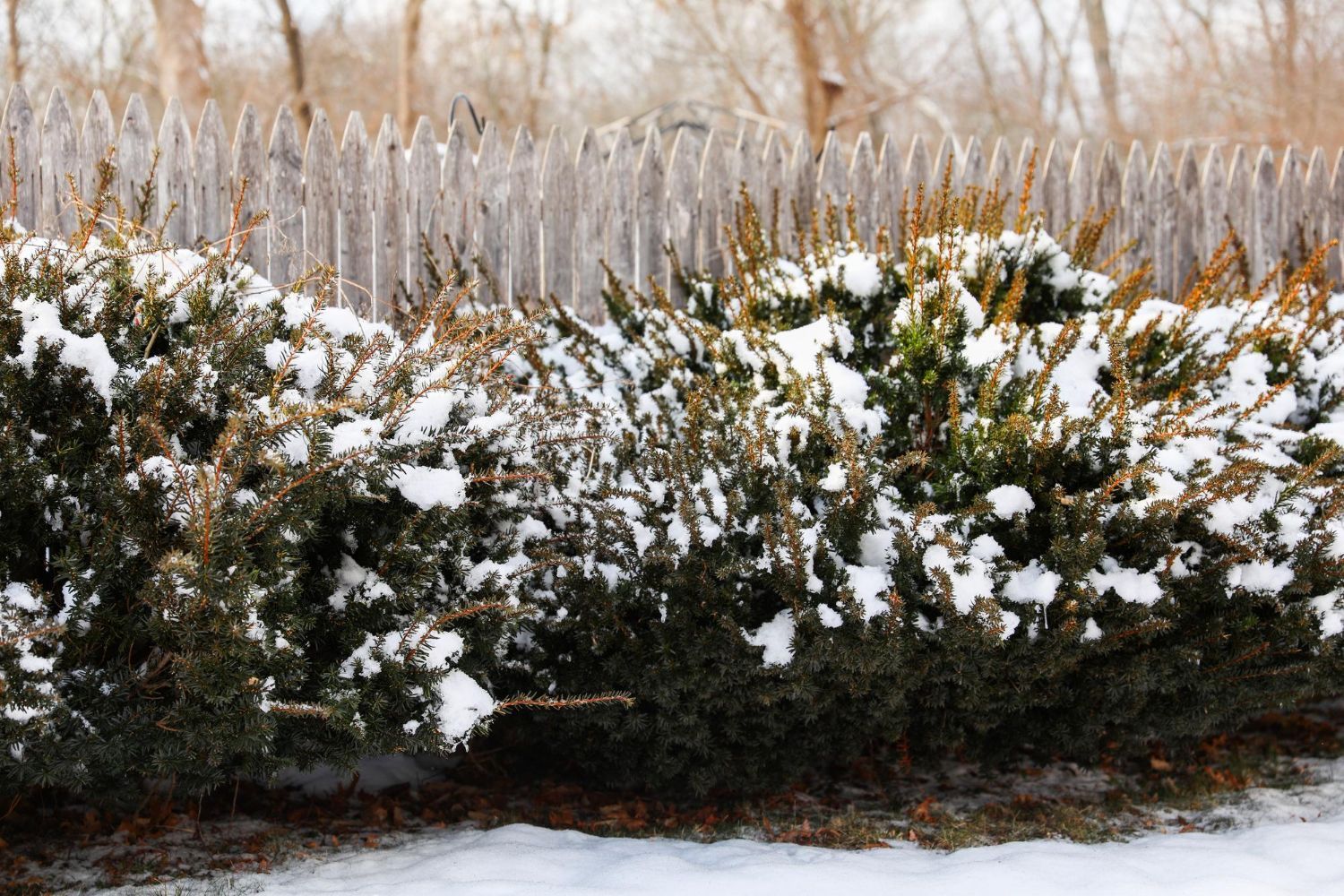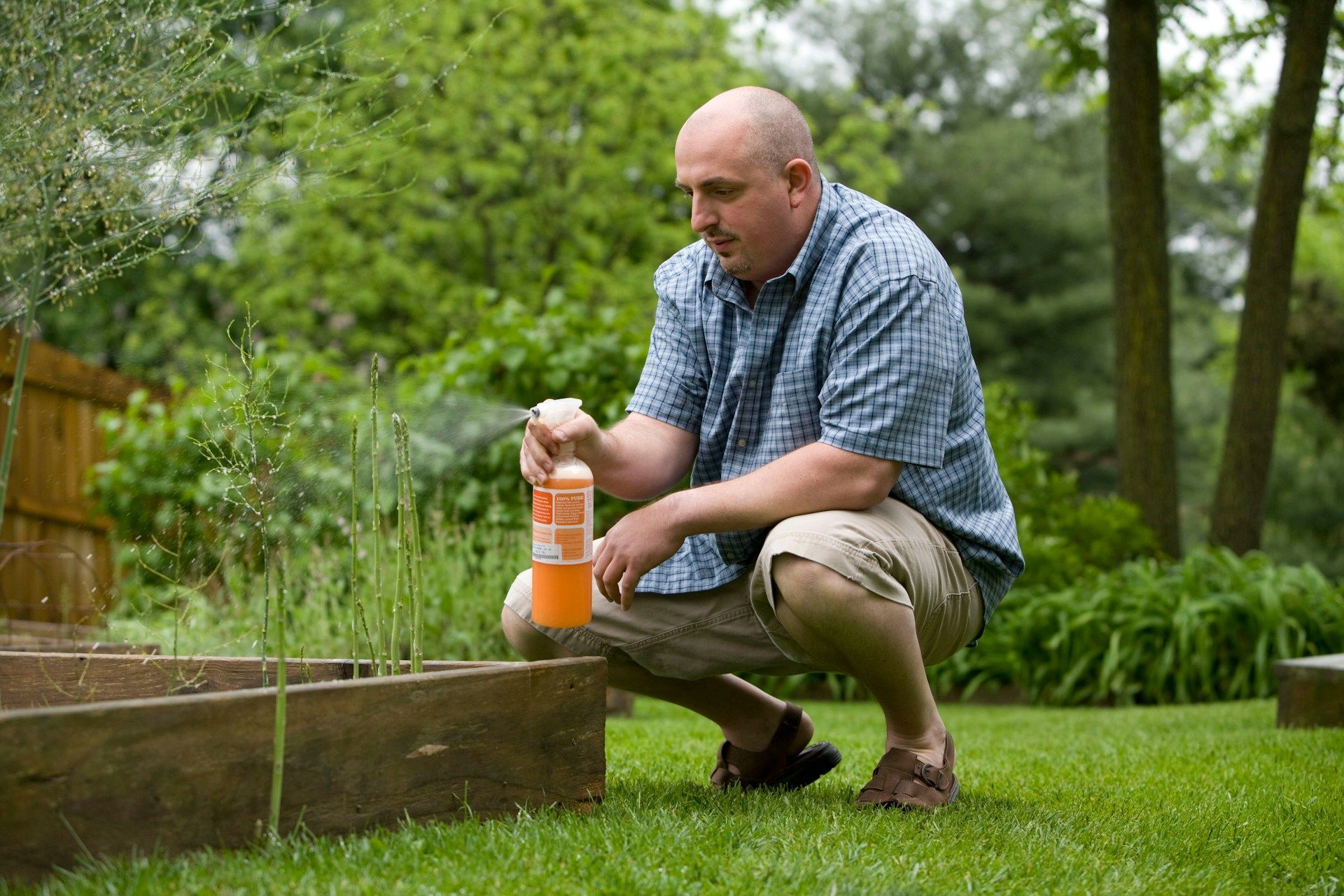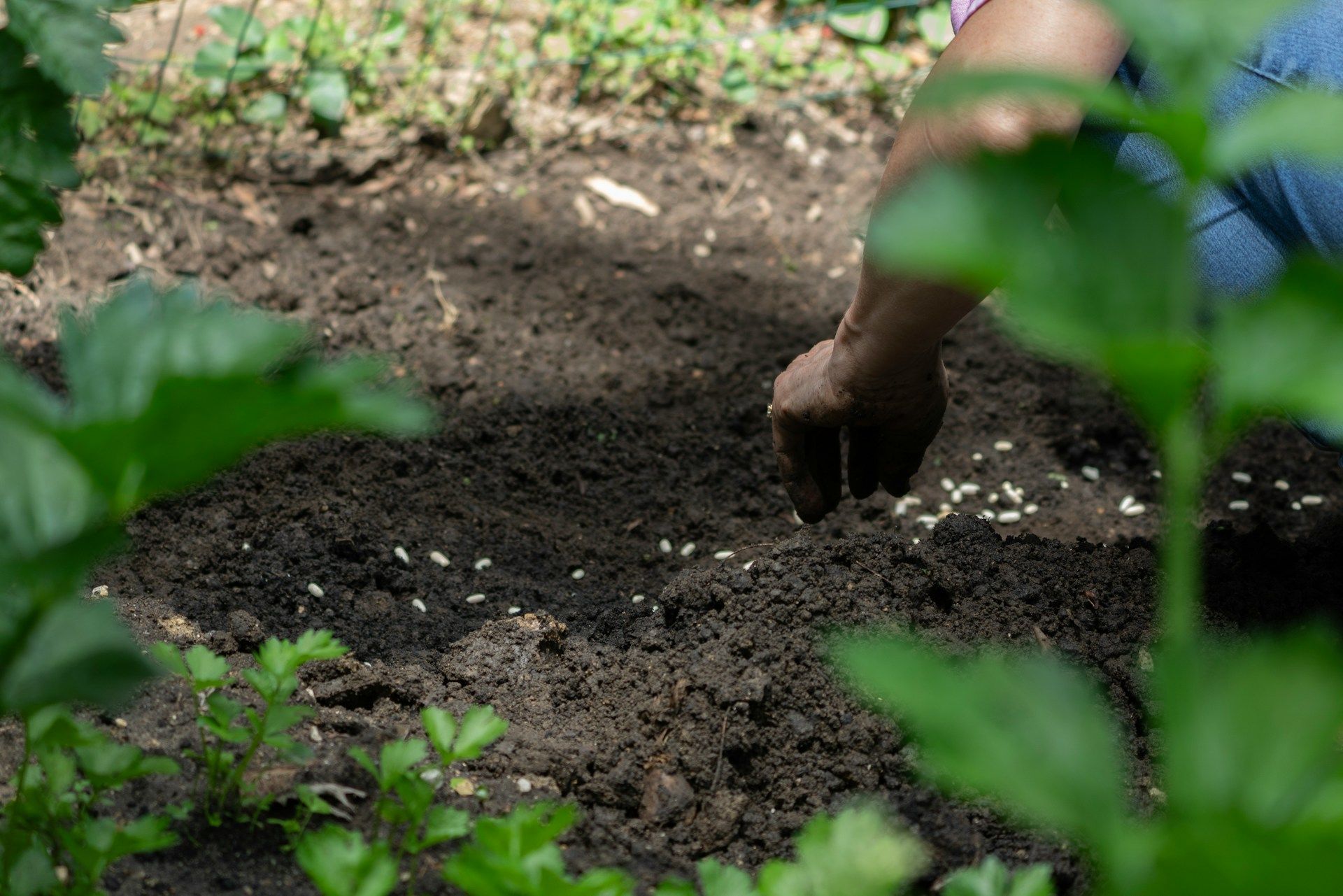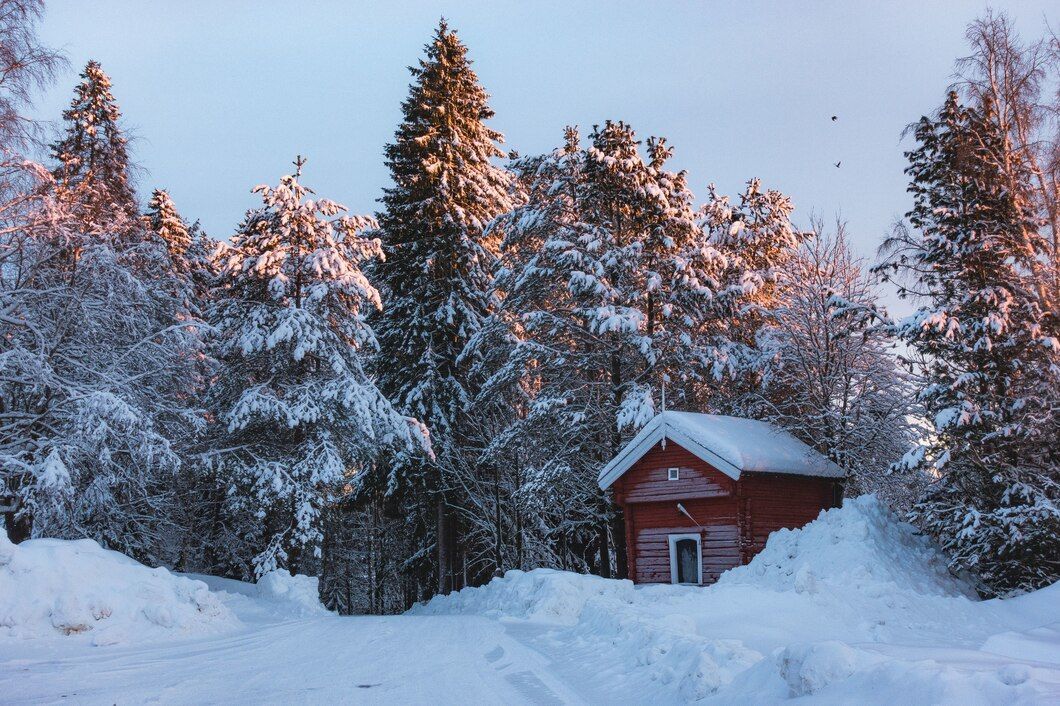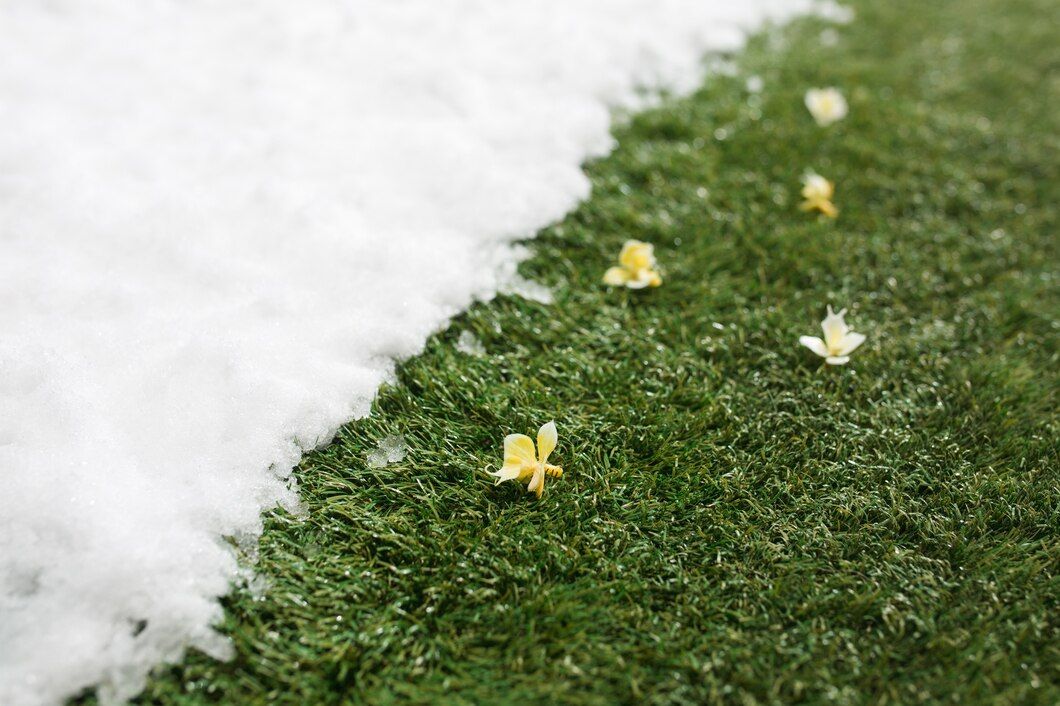What Our Customers Are Saying
Creative Landscape Design Tips for Beginners
Are you looking to transform your yard into a beautiful outdoor space? Landscape design can seem tricky, but it’s easier than you think. With a few creative tips and simple ideas, you can make your lawn and garden look amazing. By defining your space and considering your yard's sunlight and shade, you can set the stage for a great design.
Enhancing your yard doesn’t require a big budget or professional skills. Small additions like mulch, rock gardens, and native plants can make a big difference. These elements not only improve the look of your yard but also make it easier to maintain. Adding unique features such as water elements and pathways adds charm and character to your garden.
Maintaining your landscape design is just as important as creating it. Regular yard cleanups, pruning, and trimming keep your space looking fresh and healthy. With a bit of effort and creativity, you can create a landscape design that you'll love and enjoy for years. Whether you're starting from scratch or looking to spruce up your current yard, these beginner-friendly tips are here to help.
Understanding the Basics of Landscape Design
Defining Your Space
Before diving into landscape design, it’s essential to define your space. Think about how you want to use your yard. Do you need areas for relaxing, playing, or gardening? Knowing your goals will help you create a functional and beautiful space. Start by sketching a rough plan of your yard, noting where you want specific features like seating areas, flower beds, or play zones.
Consider dividing your yard into different sections. Use natural barriers like hedges, flower beds, or pathways to separate these areas. This approach makes your yard more organized and visually appealing. For example, creating a cozy corner with a bench surrounded by flowers can make a great relaxing spot, while an open grassy area is perfect for playing or entertaining.
Considering Sunlight and Shade
Sunlight and shade play a crucial role in landscape design. Some plants thrive in full sun, while others prefer shady spots. Observe your yard throughout the day to understand how sunlight moves across it. This information helps you choose the right plants for each area. Morning sun is less intense and ideal for most plants, while the afternoon sun is stronger and can be harsh on delicate foliage.
Create zones based on sunlight exposure. Place sun-loving plants like roses or vegetables in areas that receive at least six hours of direct sunlight daily. Shady spots are perfect for hostas, ferns, and other shade-tolerant plants. Balancing sunlight and shade also helps maintain a comfortable temperature in your yard, making it enjoyable for you and your family.
Simple Ideas to Enhance Your Yard
Adding Mulch and Rock Gardens
Mulch and rock gardens are simple yet effective ways to enhance your yard. Mulch is great for keeping soil moist, preventing weeds, and adding a polished look to your garden beds. Spread a 2-3 inch layer of mulch around plants and flowers. Choose organic options like bark or wood chips, or go for inorganic choices like rubber mulch for a long-lasting solution.
Rock gardens add a unique touch and are low-maintenance. Use different sizes and types of rocks to create visual interest. You can also mix in drought-tolerant plants like succulents or ornamental grasses. Rock gardens work well on slopes or areas where grass struggles to grow, providing a textured and attractive alternative.
Incorporating Native Plants
Choosing native plants is a smart way to enhance your yard. Native plants are adapted to your climate and soil, making them easier to care for and more likely to thrive. They also support local wildlife, attracting beneficial insects, birds, and pollinators to your garden.
Research plants native to your region and incorporate them into your landscape design. For example, if you live in New Jersey, consider plants like the Eastern Redbud, Blue Indigo, or Black-eyed Susan. These plants require less water and fertilizer, reducing your yard's environmental impact and maintenance effort. Plus, native plants add a sense of place and regional identity to your landscape, making it uniquely yours.
Creative Elements to Include
Using Water Features
Adding water features to your yard can create a sense of tranquility and beauty. Water features, such as fountains, ponds, or small waterfalls, can serve as focal points and attract wildlife like birds and butterflies. They come in various sizes and styles to fit any yard, no matter how large or small.
To install a water feature, first choose a location that can be easily seen and enjoyed. Make sure it is near a power source if it requires a pump. Simple options like birdbaths or self-contained fountains need minimal maintenance and are easy to set up. For something more intricate, like a pond, you might want to consider professional help to ensure proper installation and avoid leaks.
Adding Pathways and Lighting
Pathways guide visitors through your garden and add structure to your landscape design. They can be functional and decorative. Use materials like stone, gravel, or brick to create paths that suit your garden’s style. Pathways can lead to different areas such as seating spots, garden beds, or play areas, making your yard more accessible and organized.
Lighting your pathways and garden areas extends the usability of your yard into the evening. Solar lights are an eco-friendly option that doesn’t require wiring. You can place these along pathways, near water features, or to highlight specific plants. String lights or lanterns add a cozy and festive touch, making your outdoor space inviting and enjoyable even after the sun goes down.
Maintaining Your Landscape Design
Seasonal Yard Cleanups
Regular seasonal cleanups keep your yard looking its best all year round. In spring, take time to remove any leftover debris from winter, such as fallen branches and old leaves. This is also a good time to fertilize plants and freshen up mulch.
During summer, keep an eye out for weeds and pests, and mow your lawn regularly to keep it healthy. In fall, rake leaves, trim bushes, and prepare plants for the winter by applying a layer of mulch to protect the roots. Winter maintenance involves clearing snow from pathways and ensuring that delicate plants are covered or moved indoors.
Regular Pruning and Trimming
Pruning and trimming are essential for keeping your plants healthy and attractive. Regularly prune dead or diseased branches to encourage new growth and prevent the spread of plant diseases. Trim bushes and trees to maintain their shape and size, which keeps them looking neat and prevents them from becoming overgrown.
For flowering plants, deadhead spent blooms to promote continuous flowering throughout the season. Use the right tools, such as pruning shears or loppers, for clean cuts that heal quickly. Consistent pruning and trimming keep your plants vigorous and your garden stylish.
Final Thoughts
Creating a beautiful landscape design might seem daunting, but anyone can do it with a bit of planning and creativity. Start by understanding the basics, defining your space, and considering sunlight and shade. Simple enhancements like adding mulch or incorporating native plants can dramatically improve your yard’s look and feel. Don't forget to include creative elements like water features and pathways to add charm and functionality.
Maintenance is key to keeping your landscape in top shape. Regular seasonal cleanups and pruning and trimming will ensure your garden remains healthy and vibrant throughout the year. A well-maintained yard looks great and provides a relaxing and enjoyable space for you and your family.
Ready to transform your yard into a stunning outdoor retreat? Contact Healthy Lawn in New Jersey for
professional lawn care services to help you achieve your dream landscape.


